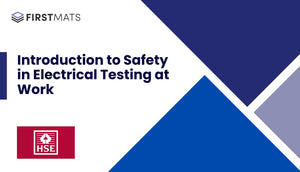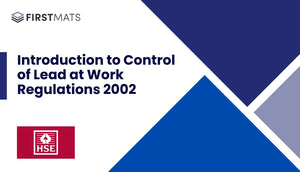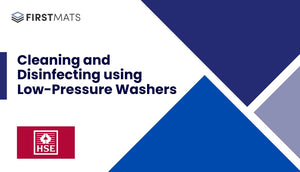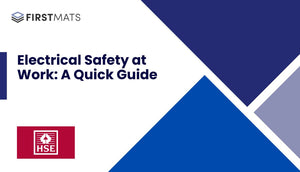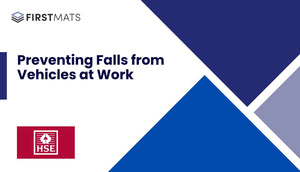Article Index:
Introduction
This article provides a simplified overview of the Dangerous Substances and Explosive Atmospheres Regulations 2002 (DSEAR), a document published by the Health and Safety Executive (HSE) under the code INDG370(rev1). The document outlines the necessary steps employers must take to protect their employees from fire and explosion risks in the workplace. This guide will highlight the key points and requirements of the DSEAR.
What is a Dangerous Substance?
A dangerous substance is any substance used or present at work that could cause harm to people as a result of a fire, explosion, or similar incident if not properly controlled. These substances can be found in nearly all workplaces and include solvents, paints, varnishes, flammable gases, liquefied petroleum gas (LPG), and dusts from machining and sanding operations. Not all materials that can catch fire in the workplace are considered dangerous substances under DSEAR, but those that can cause a rapid escalation of a fire if handled in a certain way are.
What is an Explosive Atmosphere?
An explosive atmosphere is a mixture of a dangerous substance or substances (gas, mist, dust, or vapour) with the air, which has the potential to catch fire or explode. If an explosive atmosphere does catch fire, the flames travel quickly and can cause an explosion if this happens in a confined space.
When Does DSEAR Apply?
DSEAR applies to the majority of work activities, including those carried out in moveable structures, outdoor areas, and domestic premises, where a dangerous substance is present or potentially present, and could pose a risk to the safety of people as a result of fires, explosions, or similar energetic events. Examples of activities covered by DSEAR include:
- Storage and use of flammable liquid-based paints and inks
- Storage of LPG
- Storage and use of oxygen
- Storage and transport of powders in pharmaceutical and food industries
- Storage and display of flammable goods, such as paints in shops
- Handling and storage of flammable waste solvents
- Welding or other ‘hot work’ on tanks and drums that have contained flammable material
- Use of flammable gases, such as acetylene, for welding
- Use of flammable solvents in laboratories
- Transport of flammable substances in containers around a workplace
- Deliveries from road tankers, such as flammable liquids, gases, and bulk powders
- Chemical manufacturing, processing, and warehousing
What Must I Do to Comply?
DSEAR places duties on employers and the self-employed to assess and eliminate or reduce risks from dangerous substances so far as is reasonably practicable. The risk assessment process under DSEAR includes five steps:
- Identify the fire and explosion hazards and hazards from similar energetic events
- Decide who might be harmed and how
- Evaluate the risks and decide on precautions
- Record your findings and implement control measures
- Review your risk assessment and update if necessary
Conclusion
This article provides a quick guide to understanding the HSE's DSEAR document. It is important for employers and self-employed individuals to understand these regulations to ensure the safety of all individuals in the workplace. Employers are required to assess the risks associated with dangerous substances and take necessary steps to eliminate or reduce these risks. Regular review of these assessments and the implementation of control and mitigation measures are crucial to maintaining a safe working environment.


